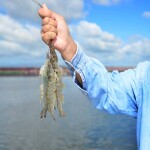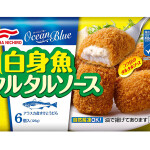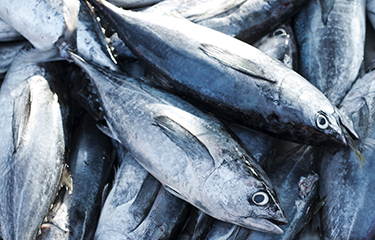A working party on neritic tunas – one of seven working parties supporting the Scientific Committee of the Indian Ocean Tuna Commission (IOTC) – is trying to get a better handle on the state of the resource, for which detailed data has been lacking.
In contrast to oceanic tunas, which migrate over large areas, neritic tunas such as longtail tuna (Thunnus tonggol), eastern little tuna (Euthynnus affinis), frigate tuna (Auxis thazard), and bullet tuna (Auxis rochei) tend to stay in shallow waters within countries’ exclusive economic zones (EEZs) in the sub-regional seas of Southeast Asia. The working party, which met from 3 to 7 July on Eden Island, Seychelles, is trying to improve data collection on the various species.
Individual countries have recorded their domestic catches, but these domestic catches are not under the management of any regional fishery management organization (RFMO), like the IOTC or the Western and Central Pacific Fishery Commission (WCPFC), that deal with fishing on the high seas.
While the countries have reported their domestic catches to the United Nations Food and Agriculture Organization (FAO), The data is often presented in an “aggregated” form, with various species lumped together under one category. Some tuna-like mackerels or “seerfish” are often included as well, all under the single heading of “neritic tuna.”
A report, “Review of the Statistical Data Available for Indian Ocean Neritic Tuna and Seerfish Species under IOTC Management,” notes the uncertainties in retained catch data.
“Small or juvenile neritic tunas are often also treated commercially as the same species – particularly in the case of frigate and bullet tuna – and are often reported to the Secretariat as species aggregates or commercial categories, therefore requiring a disaggregation step to produce estimates at species level,” the report states.
Species like narrow-barred Spanish mackerel and Indo-Pacific king mackerel are also often combined and reported to the IOTC as one species called “seerfish.”
The data is organized this way because neritic tunas ...
Photo coutesy of moointer/Shutterstock








